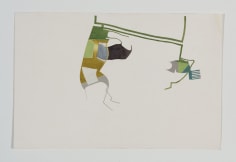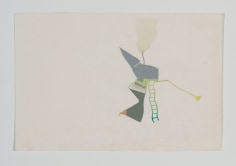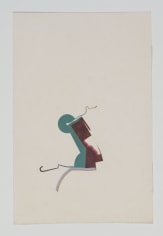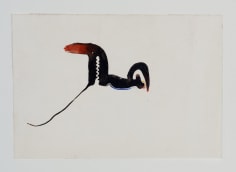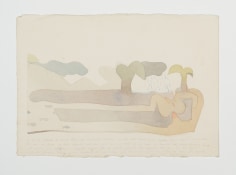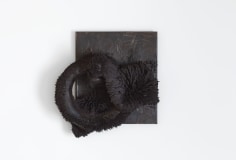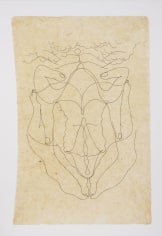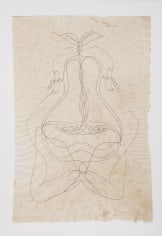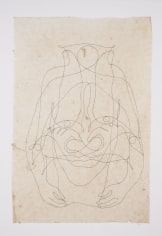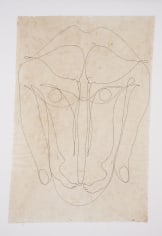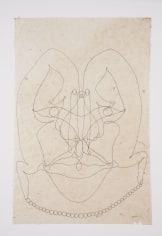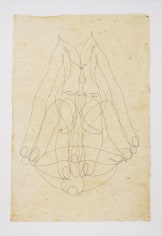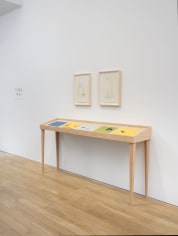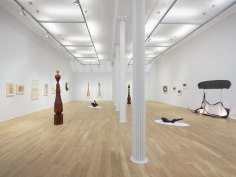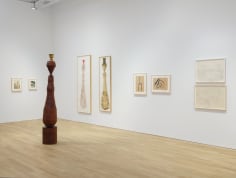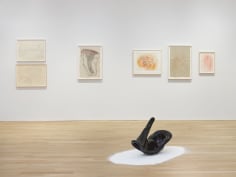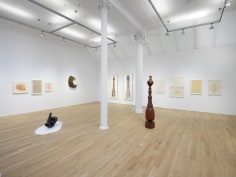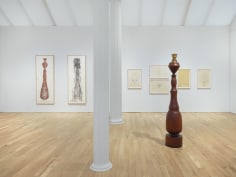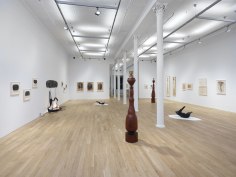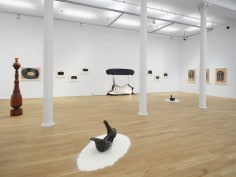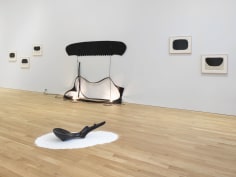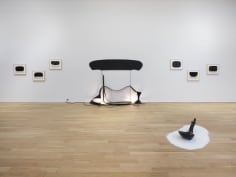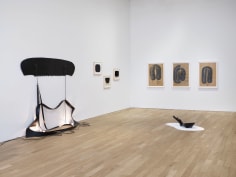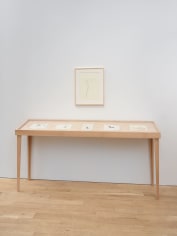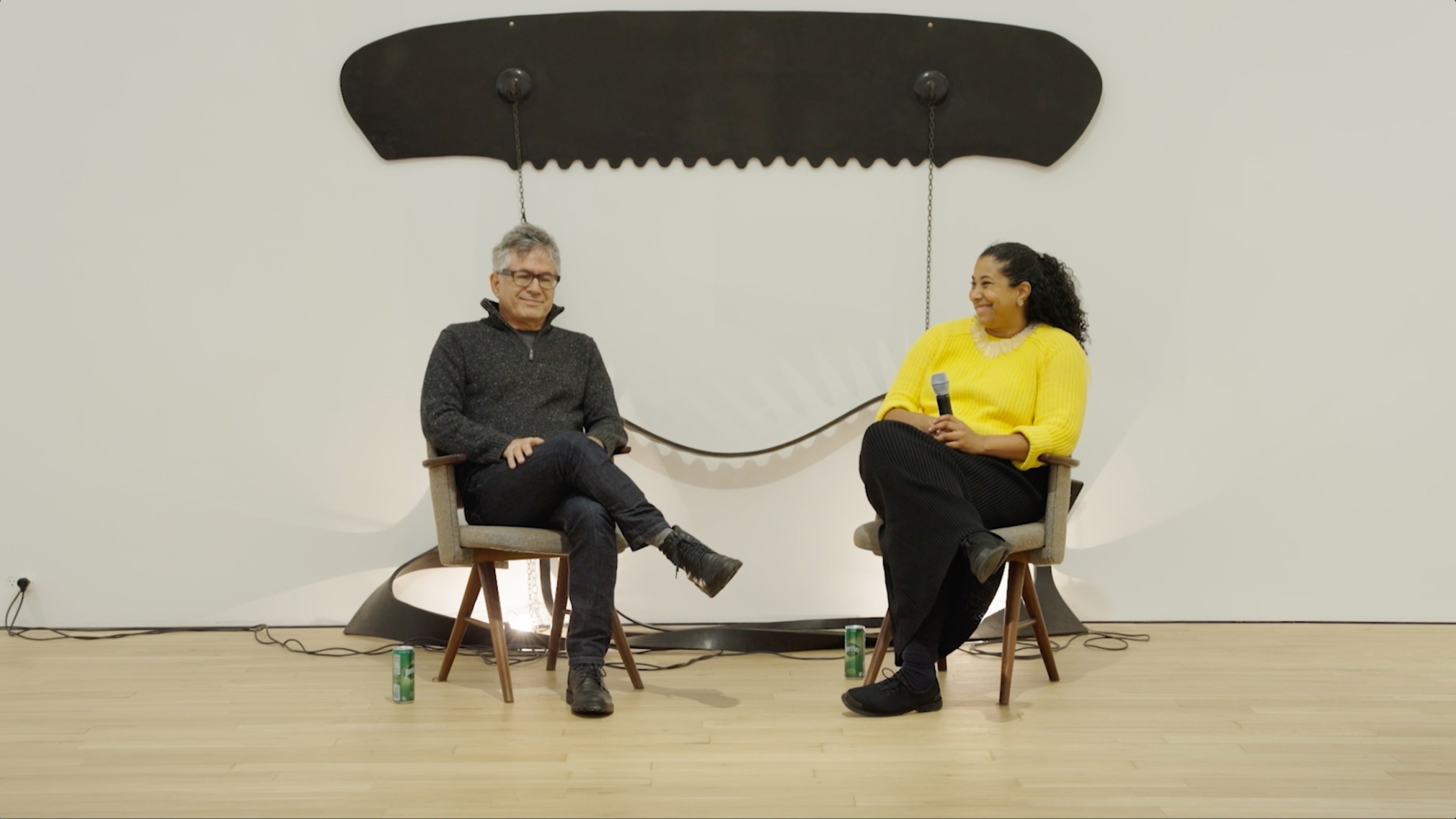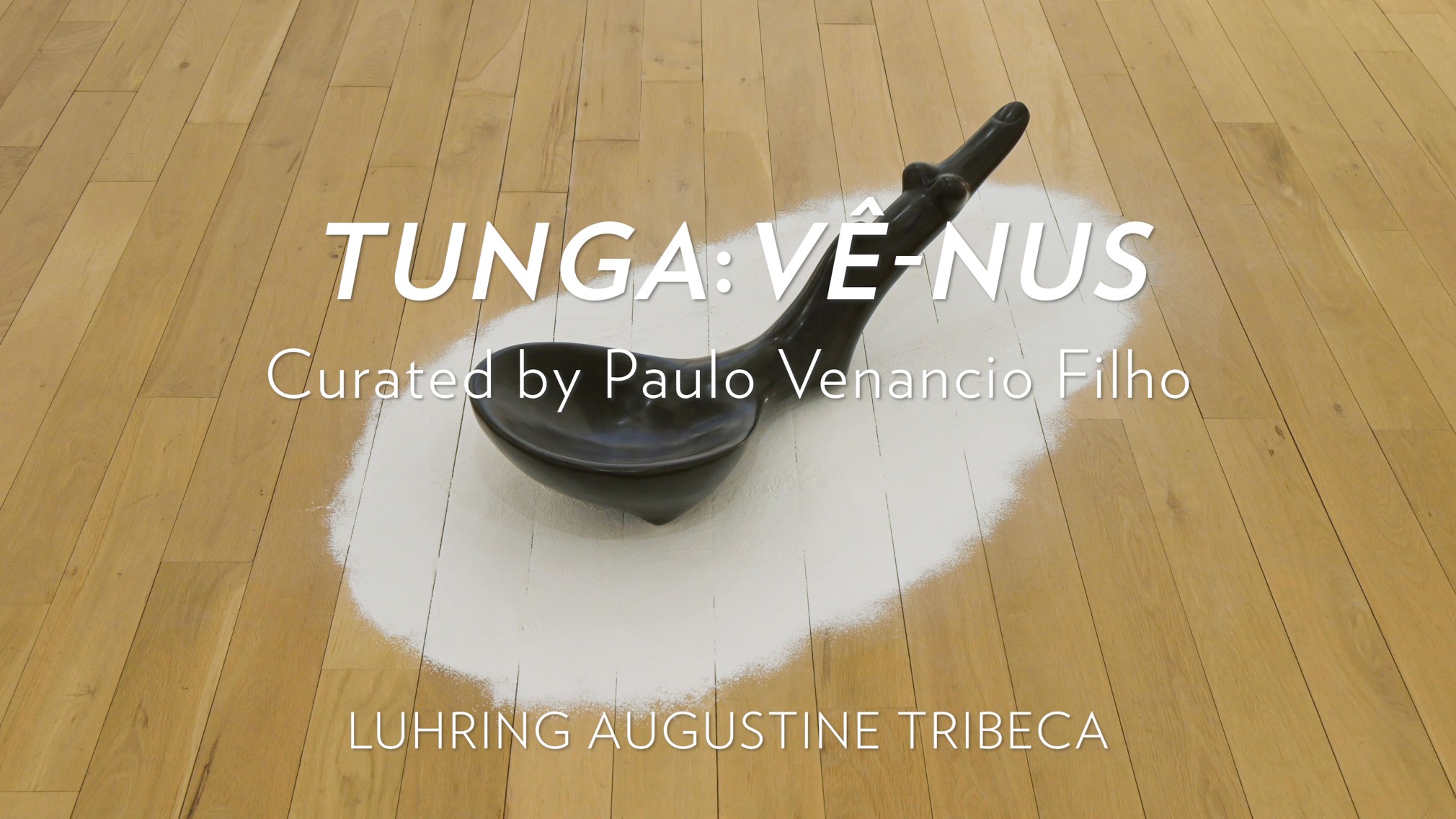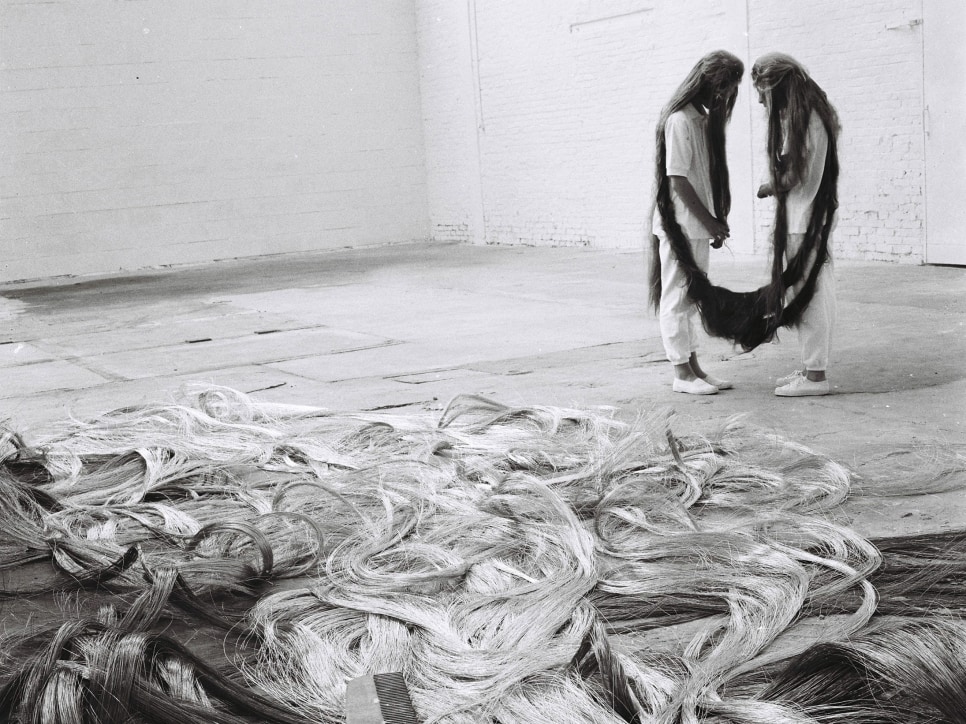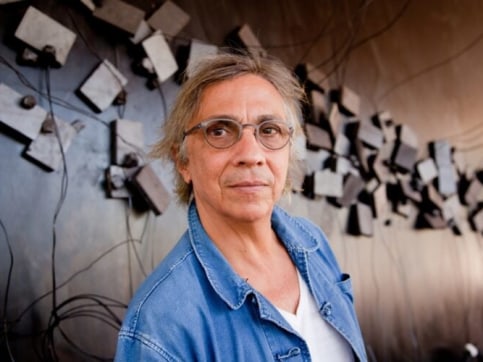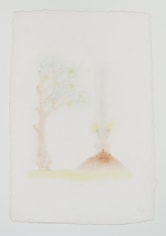
Luhring Augustine is pleased to announce Vê-nus, an exhibition of works by the late Brazilian artist Tunga, organized by Brazilian art historian, curator, and writer Paulo Venancio Filho. This marks the gallery’s sixth solo show dedicated to Tunga’s work, and the first since the artist’s passing in 2016. Presented in our Tribeca location, the opening reception will be on January 13, and a conversation between Paulo Venancio Filho and Vivian Crockett, Curator of Contemporary Art at the New Museum, New York, will be held at 3pm on January 14.
The exhibition sheds light on Tunga’s drawing practice, a lesser-known aspect of the artist’s oeuvre, but one that was no less central to his project than his renowned sculptures, installations, and performances. Works on paper from throughout his career will be presented alongside a number of key sculptures. Tunga customarily presented his work as an integrated body that establishes an associative interplay of mirroring and self-reference between the individual pieces. At the heart of his practice lies a desire to uncover the mystical undercurrents of modernity. Tunga created a complex personal mythology through his integrated and evocative work; his practice is a synthesis of his multifarious interests in poetry, psychology, physics, alchemy, and metaphysics, expressed with a distinctive, sensual and lyrical sensibility.
Vê-nus, the name of the ancient goddess, separated by a hyphen, is how Tunga named one of his most important works. Like Duchamp’s The Large Glass, which separated the “Bride” from the “Bachelors”, Tunga separates the voyeur (Vê, see) from the nude (nus). There is a hyphen linking Tunga to Duchamp through this play with words.
A metabolic interaction between media and materials arose in Tunga’s work in a constant dynamic of continuous mutation. Spanning nearly half a century, from the outset to the end of his career, this was a fundamental characteristic of his oeuvre.
Titling this show, Vê-nus, we attempt to encapsulate the spirit of Tunga’s pun through a synthesis of significant moments throughout the artist’s career. Presented without hierarchy or chronology the presentation celebrates the artist’s continuously circular thought, always expanding, more and more.
- Paulo Venancio Filho
Tunga (b. Palmares, Brazil 1952 - d. Rio de Janeiro, Brazil 2016), was one of the leading Brazilian artists of his generation. His work is in the permanent collections of major museums and institutions throughout the world, including the Museum of Modern Art, New York; Solomon R. Guggenheim Museum, New York; Art Institute of Chicago; Museum of Contemporary Art, Los Angeles; Museum of Fine Arts, Houston; Pérez Art Museum Miami; Tate Modern, London; Museo Nacional Centro de Arte Reina Sofía, Madrid; Moderna Museet, Stockholm; Museu de Arte Moderna de São Paulo; Pinacoteca do Estado de São Paulo; and Instituto de Arte Contemporânea Inhotim, Brumadinho, which features two major permanent pavilions dedicated to the artist’s work.
Paulo Venancio Filho is a curator, art critic, professor at the School of Fine Arts/UFRJ. He has published texts on several Brazilian artists, including Antonio Manuel, Hélio Oiticica, Cildo Meireles, Lygia Pape, Waltércio Caldas, Mira Schendel, Franz Weissmann, Anna Maria Maiolino. He was curator of the following exhibitions: Century City: Art and Culture in the Modern Metropolis (Tate Modern, London, 2001), Soto: The construction of immateriality (Centro Cultural Banco do Brasil, Rio de Janeiro, 2005), Anna Maria Maiolino: Among Many (Miami Art Central, 2006), Fatos/Antonio Manuel (Centro Cultural Banco do Brasil, São Paulo, 2007), Time and Place: Rio de Janeiro 1956-1964 (Moderna Museet, Stockholm, 2008), Hot Spots (Kunsthaus Zürich, 2009), Cruzamentos (Wexner Center for the Arts, Columbus, 2014), Possibilities of the Object:Experiments in Brazilian Modern and Contemporary Art (The Fruitmarket Gallery, Glasgow, 2015), Piero Manzoni (Museu de Arte Moderna de São Paulo, 2015), Tunga: Conjunções Magnéticas (Instituto Itaú Cultural, São Paulo, 2021), and Miró/Calder (Casa RM, Rio de Janeiro, 2022)

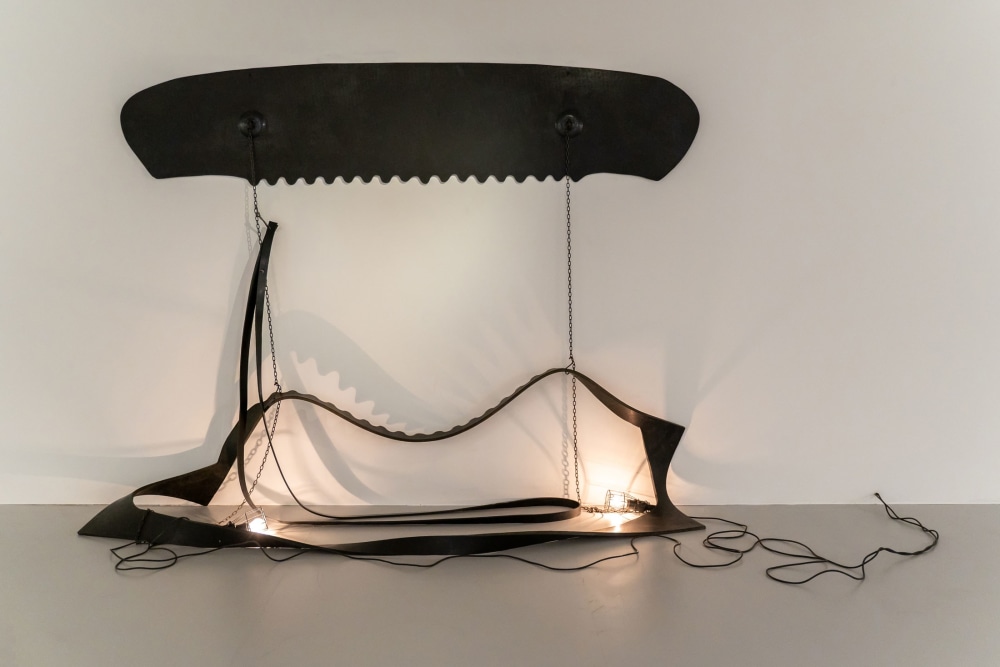
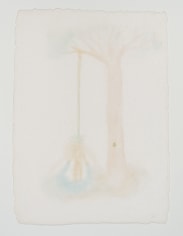
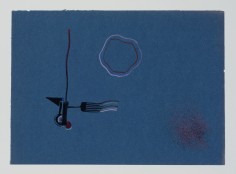
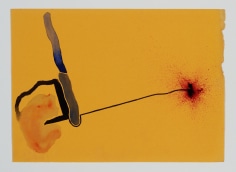
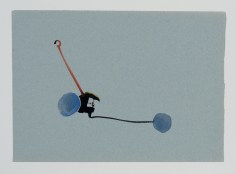
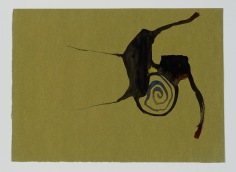
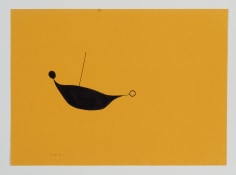
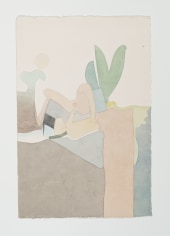
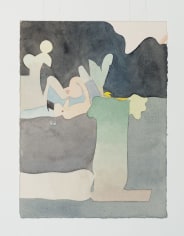
![Tunga Untitled, from the series [Eixo Exógeno (Exogenous Axis)], 2000](https://img.artlogic.net/w_236,h_236,c_limit/exhibit-e/556d89b2cfaf3421548b4568/80cbf1042b0063a7445483cb0b502736.jpeg)
![Tunga Untitled, from the series [Eixo Exógeno (Exogenous Axis)], 1996](https://img.artlogic.net/w_236,h_236,c_limit/exhibit-e/556d89b2cfaf3421548b4568/03fa19a4d68568d46a4a07e909410292.jpeg)
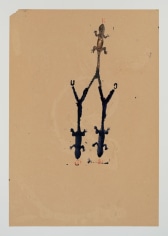
![Tunga Untitled, from the series [Gravitação Magnética (Magnetic Gravitation)], 1980](https://img.artlogic.net/w_236,h_236,c_limit/exhibit-e/556d89b2cfaf3421548b4568/508d9746921de7945ebdf34b942c2a7f.jpeg)
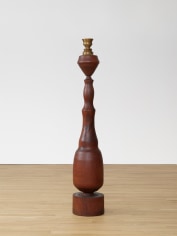
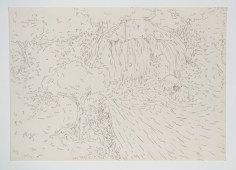


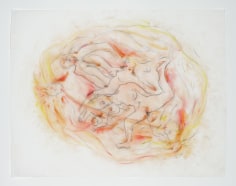
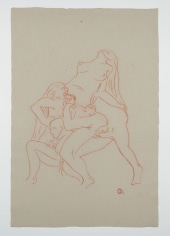
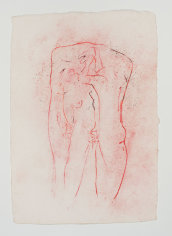
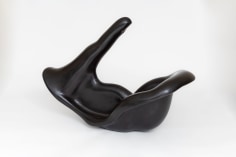
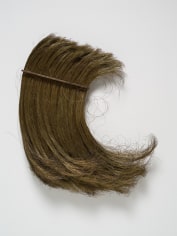
![Tunga Untitled, from the series [Eixo Exógeno (Exogenous Axis)], 2000](https://img.artlogic.net/w_236,h_236,c_limit/exhibit-e/556d89b2cfaf3421548b4568/dd69577fe627f7171be1272b8ca111b6.jpeg)
![Tunga Untitled, from the series [Eixo Exógeno (Exogenous Axis)], 2000](https://img.artlogic.net/w_236,h_236,c_limit/exhibit-e/556d89b2cfaf3421548b4568/7ea5e37f92a3ff10f54a8a397c259786.jpeg)
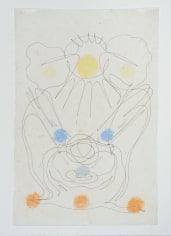
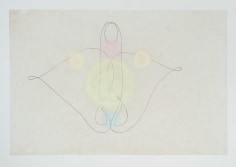
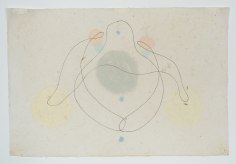
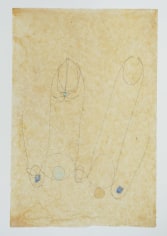
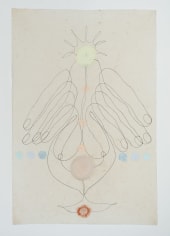
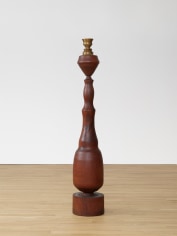
![Tunga Untitled, from the series [Toro (Torus)], 1970s](https://img.artlogic.net/w_236,h_236,c_limit/exhibit-e/556d89b2cfaf3421548b4568/0ef3f44102ce23356cb7b398068f3f90.jpeg)
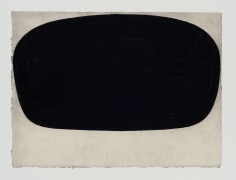
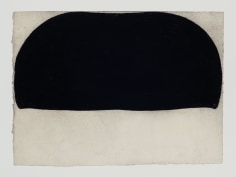
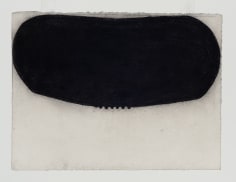
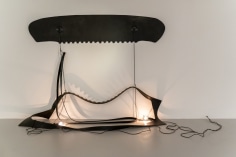
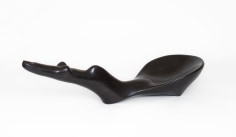
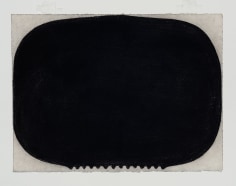
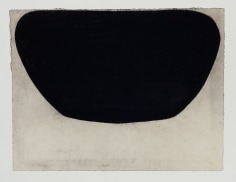
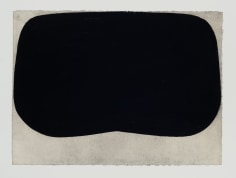
![Tunga Untitled, from the series [A Vanguarda Viperina (The Viperine Avant-Garde)], 1985- 1987](https://img.artlogic.net/w_236,h_236,c_limit/exhibit-e/556d89b2cfaf3421548b4568/5eb5dfadf4db21daf21d937e3bb5417e.jpeg)
![Tunga Untitled, from the series [A Vanguarda Viperina (The Viperine Avant-Garde)], 1985- 1987](https://img.artlogic.net/w_236,h_236,c_limit/exhibit-e/556d89b2cfaf3421548b4568/3f879e9926bc52423c6c38f08dbd6253.jpeg)
![Tunga Untitled, from the series [A Vanguarda Viperina (The Viperine Avant-Garde)], 1985- 1987](https://img.artlogic.net/w_236,h_236,c_limit/exhibit-e/556d89b2cfaf3421548b4568/8fa0559d17e11305a01c086fc3bc6ed4.jpeg)
![Tunga Untitled, from the series [Trança (Braid)], 2001](https://img.artlogic.net/w_236,h_236,c_limit/exhibit-e/556d89b2cfaf3421548b4568/d648a284c599a20423a6bd4510024eb2.jpeg)
